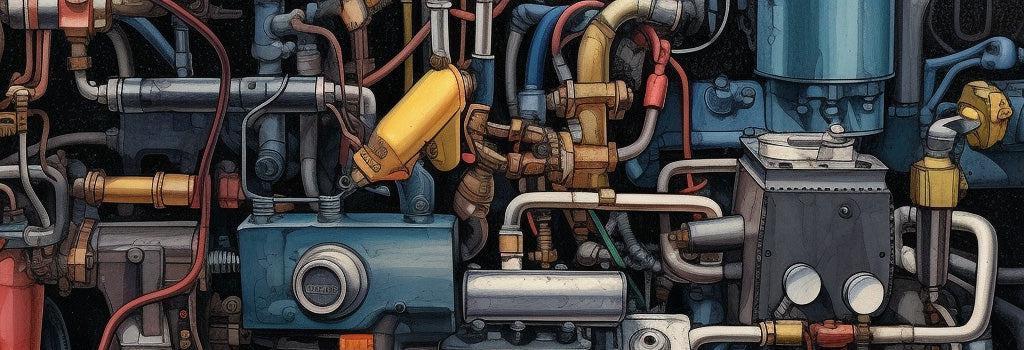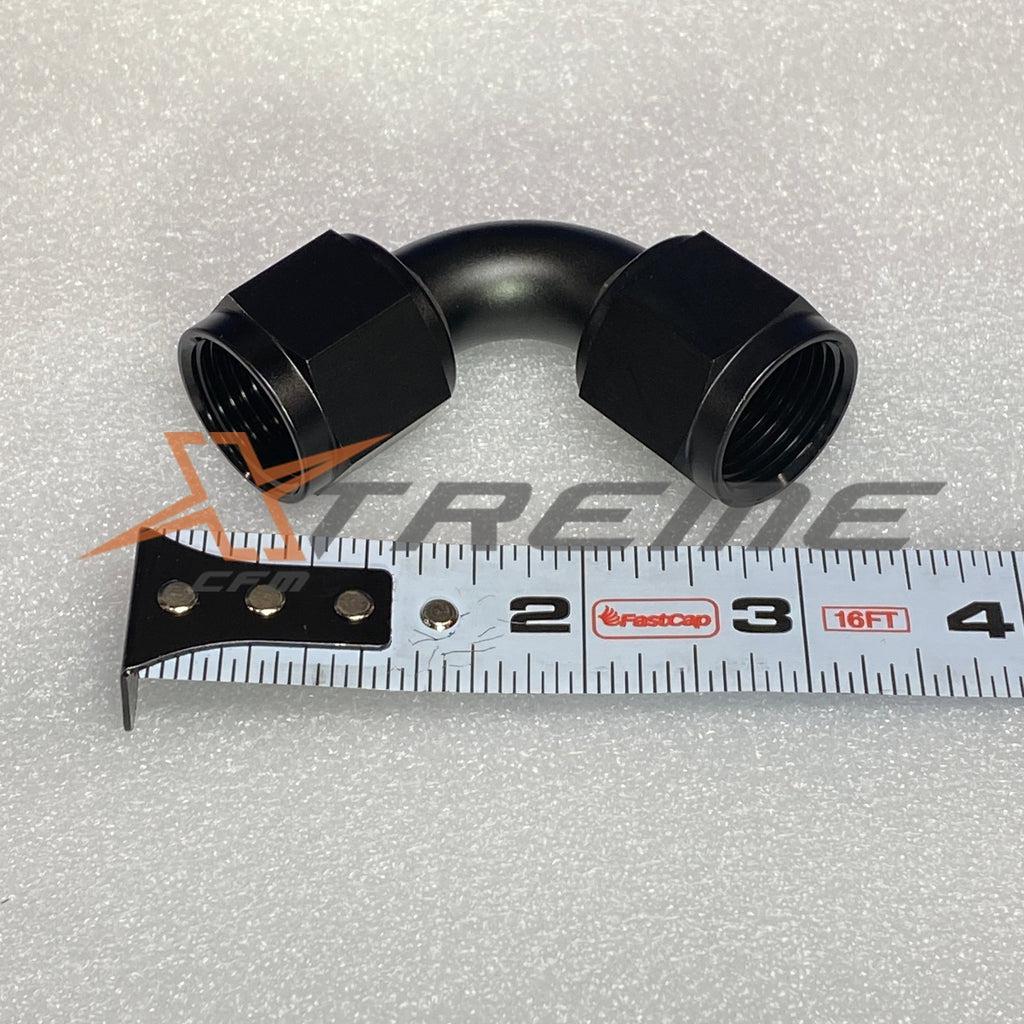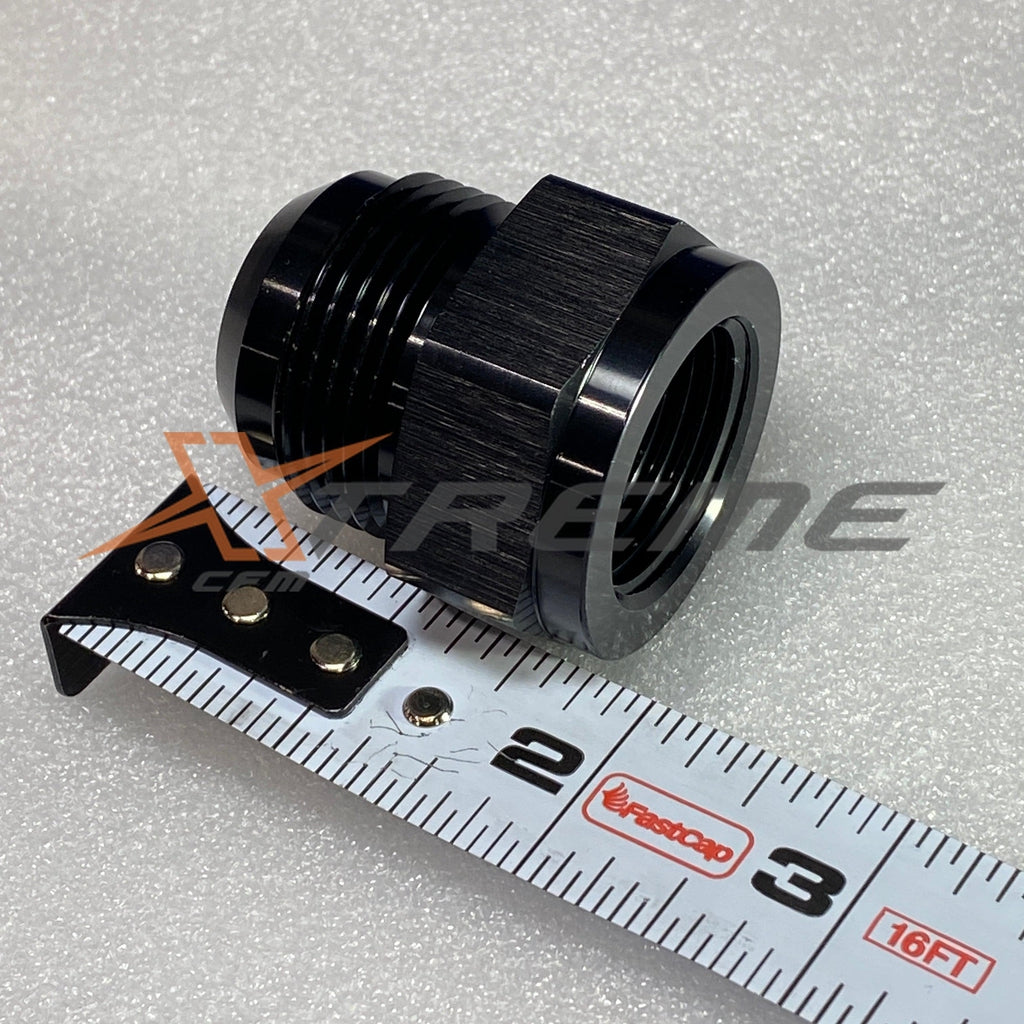
AN Fittings vs. Traditional Fittings: What's the Difference and Why it Matters
When it comes to automotive and motorsport applications, selecting the right fittings is critical for maintaining performance and reliability. In the world of fittings, there are two main categories: AN fittings and traditional fittings. In this article, we will explore the differences between these two types of fittings, their advantages and disadvantages, and why it's essential to choose the right type of fitting for your specific project.

What are AN Fittings?
AN fittings, also known as Army-Navy or Aerospace fittings, were originally developed for military applications during World War II. These fittings are designed to handle high-pressure systems and extreme conditions while maintaining a secure, leak-free connection. They are now commonly used in various automotive, racing, and aviation applications.
AN fittings are made from various materials, including aluminum, stainless steel, and brass, and are available in a wide range of sizes and configurations. The most distinctive feature of AN fittings is their use of a 37-degree flare on the male and female ends, which provides a secure seal when tightened.

What are Traditional Fittings?
Traditional fittings, on the other hand, are more commonly used in everyday automotive and industrial applications. These fittings can be found in various materials, such as brass, steel, and plastic, and come in a wide range of sizes and configurations. Traditional fittings typically use tapered threads, compression fittings, or barbed connections to establish a secure connection between hoses or tubing.

Differences Between AN Fittings and Traditional Fittings
While both AN fittings and traditional fittings serve the purpose of connecting hoses and tubing in various systems, there are some key differences between the two that can impact performance and reliability.
- Flare Angle: As mentioned earlier, AN fittings utilize a 37-degree flare angle on the male and female ends, providing a secure, leak-free connection when tightened. In contrast, traditional fittings use a variety of connection methods, such as tapered threads or compression fittings, which may be more prone to leaks and less reliable under high pressure or extreme conditions.
- Size and Configuration: AN fittings follow a standardized sizing system based on the hose or tubing's outer diameter, making it easier to select the correct fitting size for your application. Traditional fittings, however, come in a wide range of sizes and configurations, which can make it more challenging to find the appropriate fitting for your specific needs.
- Material: AN fittings are typically made from high-quality materials such as aluminum, stainless steel, and brass, which are designed to withstand harsh environments and high pressures. Traditional fittings can be found in a variety of materials, but they may not offer the same level of durability and performance as AN fittings.
- Compatibility: Due to their standardized sizing and configuration, AN fittings are compatible with a wide range of hoses and tubing, making it easier to mix and match components from different manufacturers. Traditional fittings may require more careful consideration when selecting compatible components, as their sizing and configuration can vary significantly between manufacturers.
- Cost: AN fittings tend to be more expensive than traditional fittings due to their higher quality materials and precision manufacturing processes. However, the increased reliability and performance provided by AN fittings can often justify the higher upfront cost, especially in performance-driven applications.
Why it Matters: Choosing the Right Fitting for Your Application
Selecting the right fitting for your application is crucial for maintaining performance, reliability, and safety in your automotive or motorsport project. The differences between AN fittings and traditional fittings can have a significant impact on the overall performance and longevity of your system.
When considering whether to use AN fittings or traditional fittings, it's essential to take into account the specific requirements of your project. If your application involves high pressures, extreme temperatures, or harsh environments, AN fittings may be the better choice due to their superior durability and leak-free performance. Additionally, if you require a standardized sizing system for easy compatibility and interchangeability between components, AN fittings offer a clear advantage.
On the other hand, traditional fittings may be more suitable for applications with lower pressures and less demanding conditions. They can also be more cost-effective, making them a more attractive option for projects with tight budgets. However, it's important to carefully consider the quality and compatibility of traditional fittings, as not all components are created equal.
Conclusion
In conclusion, understanding the differences between AN fittings and traditional fittings is crucial for making informed decisions about the components used in your automotive or motorsport project. While AN fittings offer superior performance and reliability in high-pressure and extreme conditions, traditional fittings may be more suitable for less demanding applications or projects with tight budgets.
Ultimately, the choice between AN fittings and traditional fittings will depend on your specific project requirements and priorities. By taking the time to carefully consider the advantages and disadvantages of each type of fitting, you can ensure that you select the best components for your application, leading to improved performance, reliability, and overall satisfaction with your project.
Remember, investing in quality components from the start can save you time, money, and frustration down the road. Whether you choose AN fittings or traditional fittings, always prioritize quality and compatibility to ensure the best results for your automotive or motorsport project.
- Choosing a selection results in a full page refresh.











